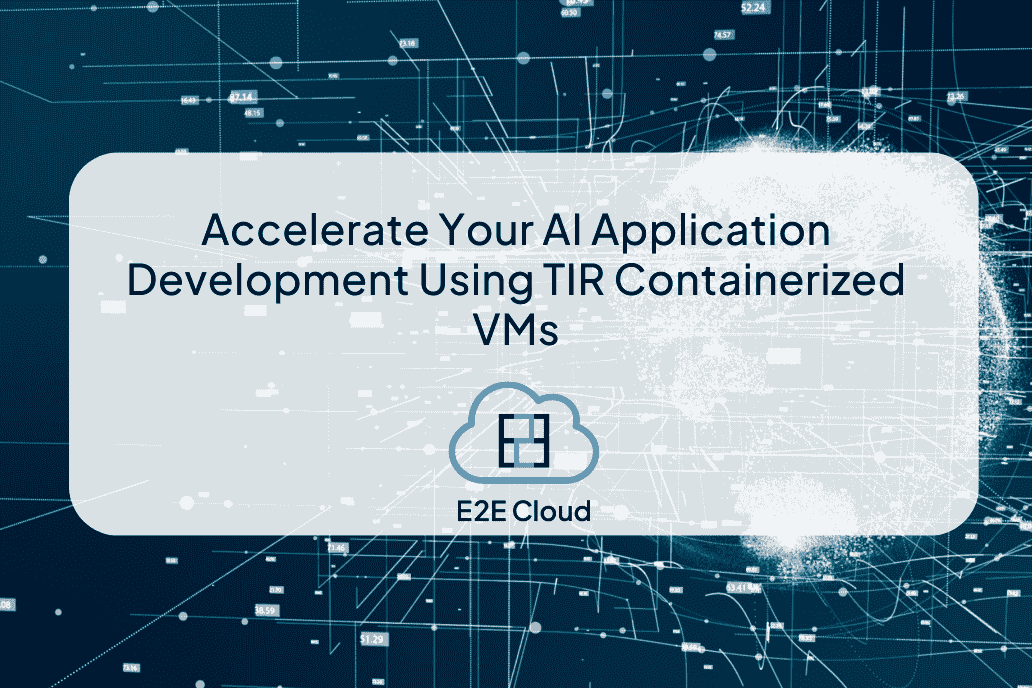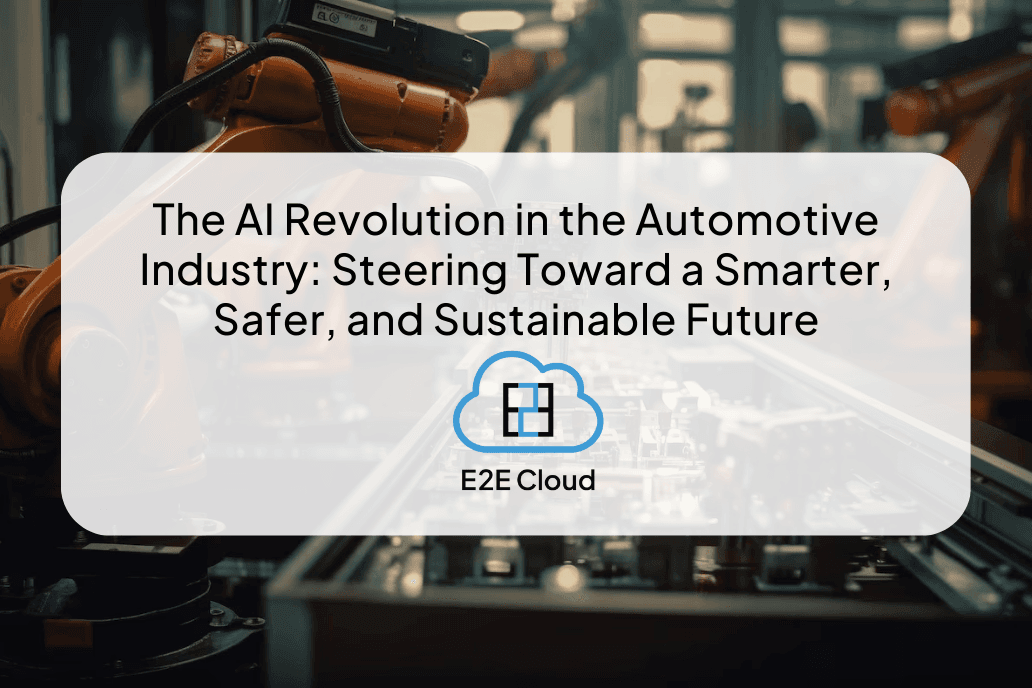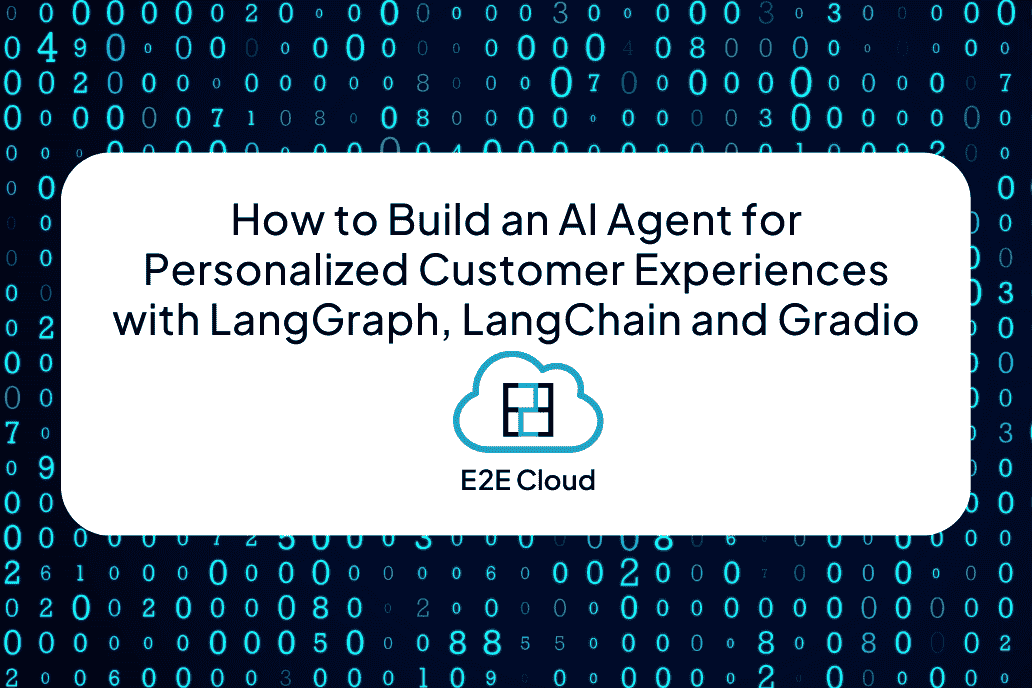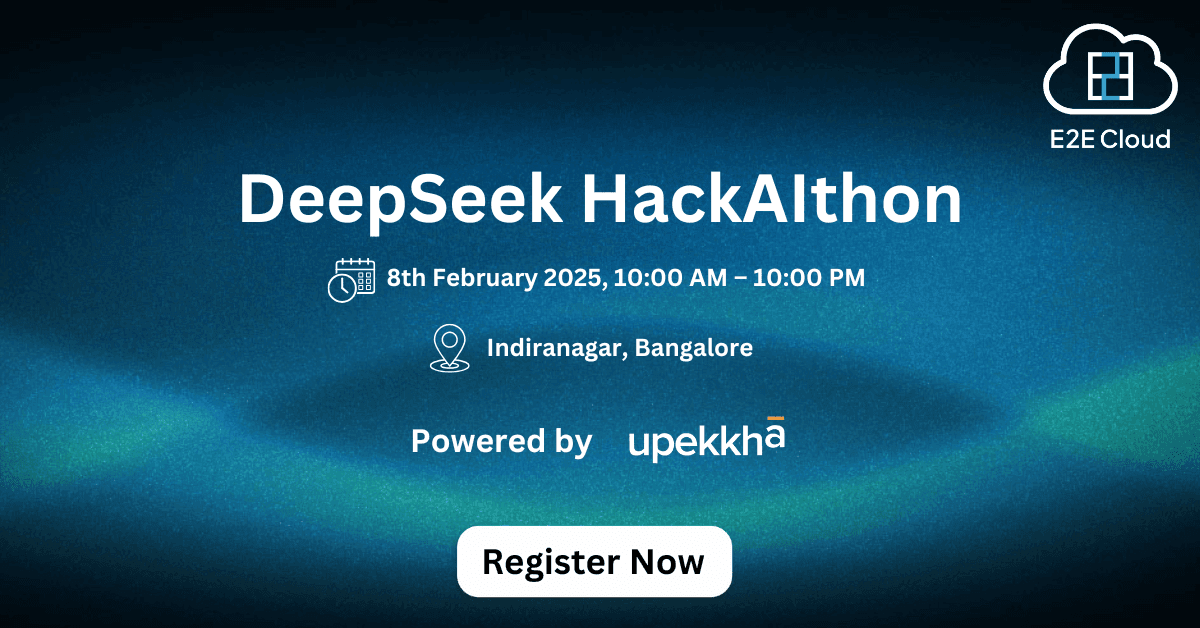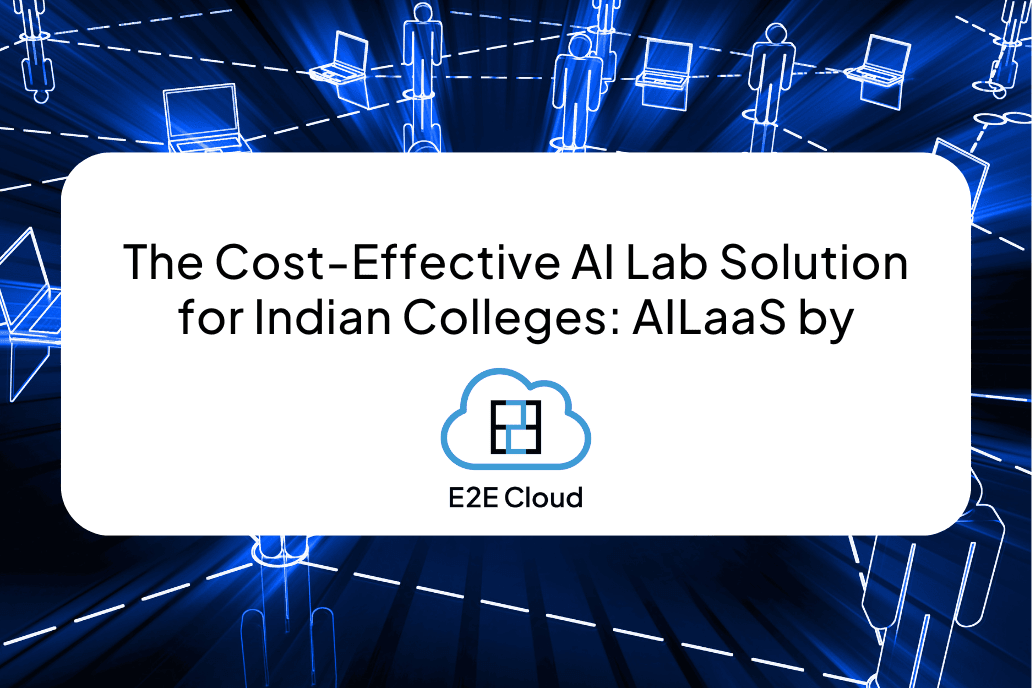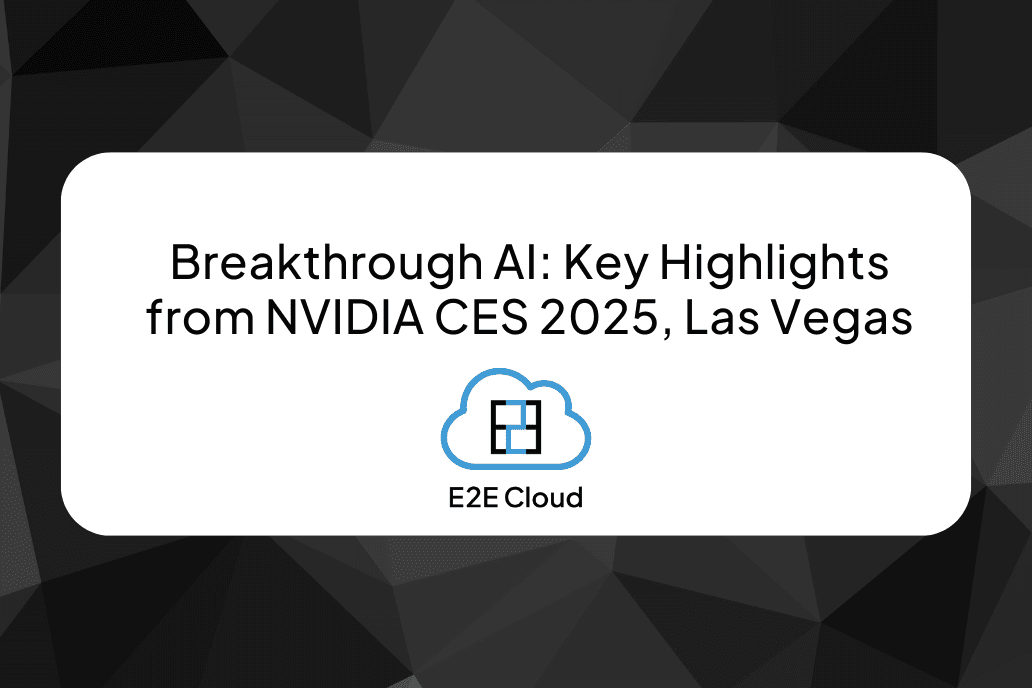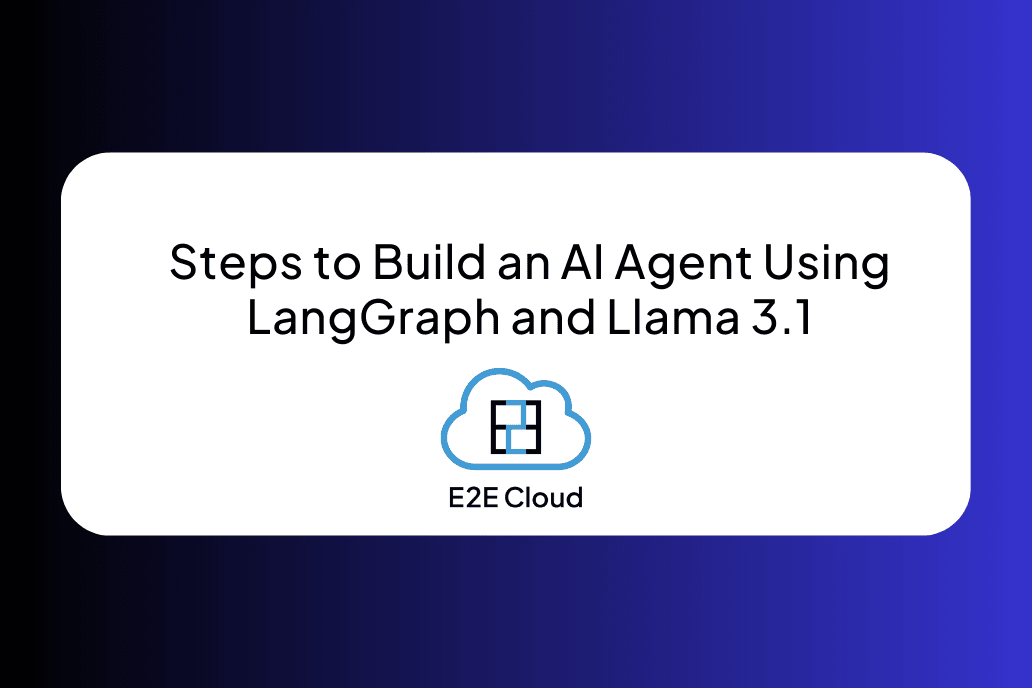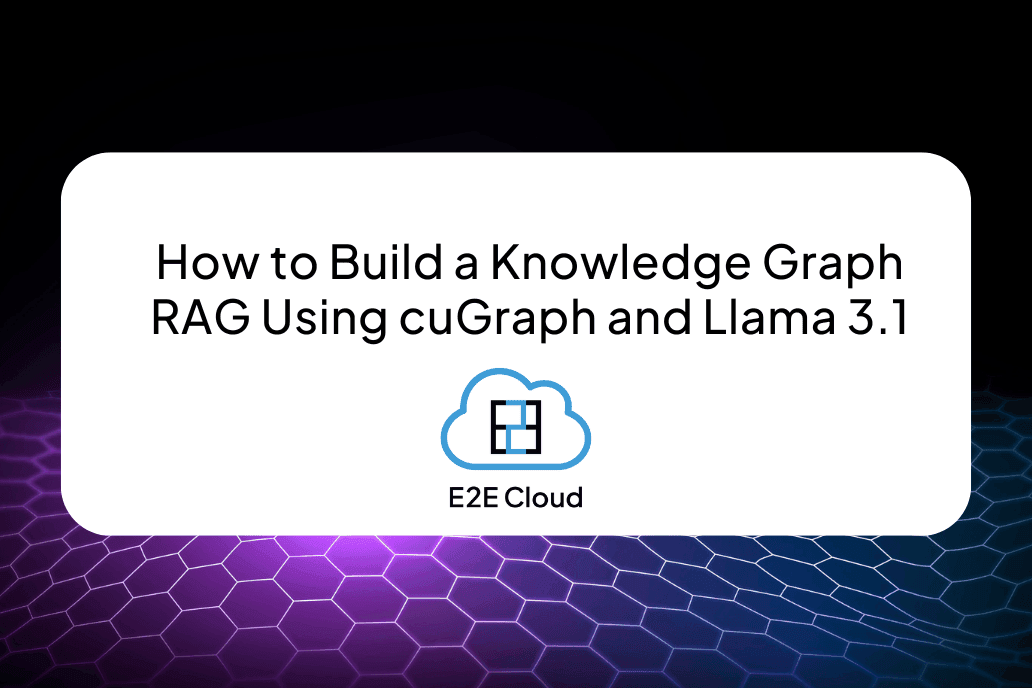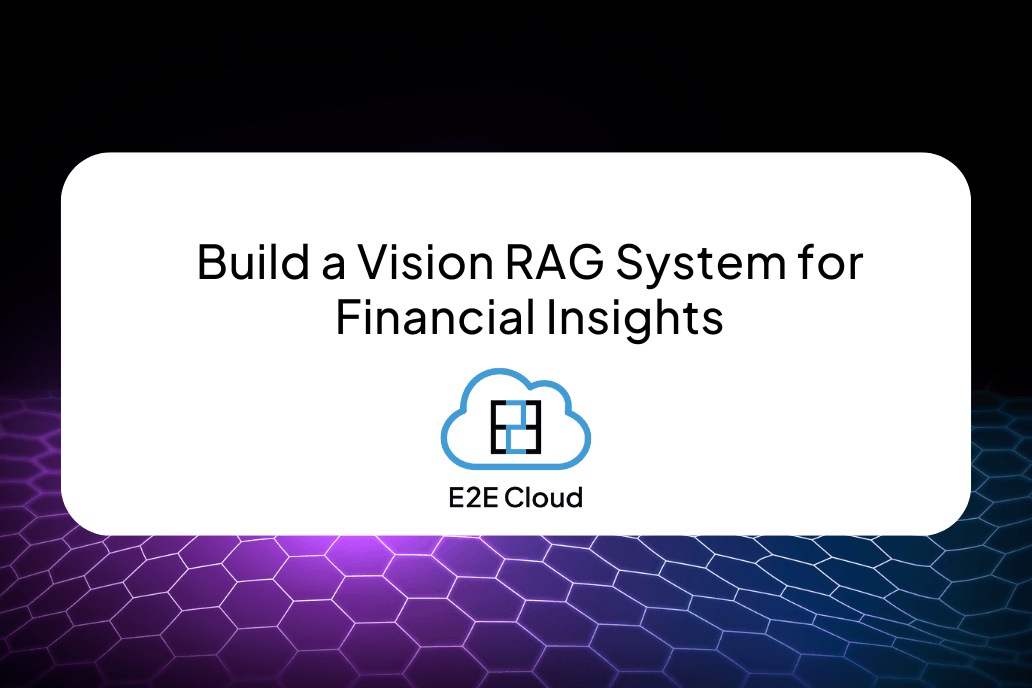From breakthrough chips to groundbreaking software, NVIDIA's announcements at CES 2025 showed just how far AI technology has come, and where it's headed next. NVIDIA CEO Jensen Huang’s keynote on January 6 unveiled a host of innovations, making powerful computing more accessible in the coming years. In this blog, we break down the biggest reveals from this game-changing event that are set to transform the future of AI.
GeForce RTX 50-Series GPUs

The most explosive reveal was the GeForce RTX 50-Series GPU, which signals a leap in AI-driven rendering and visual realism gaming graphics. Built on the new RTX Blackwell architecture, the RTX 50 series is powered by 92 billion transistors, giving it 3,352 trillion AI operations per second (TOPS). It boasts a memory bandwidth of 1.8 TB/s and consists of the flagship GeForce RTX 5090 along with the GeForce RTX 5080, 5070 Ti, and 5070. With the 50-series, NVIDIA is bringing new capabilities to DLSS (NVIDIA’s ML-based upscaling), and along with the new fourth-gen RT cores, it improves render quality. The DLSS 4 is capable of multi-frame generation, and with the increased bandwidth, more data can be used to generate detail, improve antialiasing, reduce ghosting, and improve stability.
And the best part yet- Thanks to Blackwell, the GPU can now handle more ray-traced polygons, allowing for more details on elements previously overlooked due to their complexity. It leverages tiny neural networks to improve the quality of lighting and textures and combines basic rasterized faces with 3D pose data to create digital faces in motion in real-time. Talk about a leap! With the RTX 50 series, NVIDIA is bringing some of the highest-performing hardware for consumer and prosumer AI applications, generating accurate outputs and handling complex variations in AI models.
Agentic AI

NVIDIA Blueprints for Agentic AI enables developers to design and deploy custom AI agents with advanced capabilities in reasoning, planning, and decision-making. These cutting-edge blueprints integrate NVIDIA NIM microservices, NVIDIA NeMo, and leading agentic AI frameworks to deliver powerful and scalable solutions.
NVIDIA NIM

NVIDIA NIMS is packaged AI microservices optimized for deployment across multiple clouds and platforms. It includes pre-trained models for vision, speech, language, understanding, and animation. NVIDIA NIM microservices simplify the process of accessing and deploying cutting-edge generative AI models. Building on the power of NIM microservices, NVIDIA AI Blueprints provide preconfigured reference workflows for applications like digital humans, content creation, and beyond.
Another addition to the NIM microservices was the Llama Nemtron family of LLMs which excel at instruction following, chat, function calling, coding, and math while being size-optimized to run a broad range of NVIDIA accelerated computing resources. Llama 3.1 Nemotron 70 B is now available as part of Nvidia's API catalog.
NVIDIA Cosmos

NVIDIA Cosmos is a world foundation model for developing physical AI systems like robots and autonomous vehicles, using synthetic data. Cosmos works in conjunction with NVIDIA Omniverse to form a third computer in its three-computer solution for building robotic systems, where developers build physics-based geospatially accurate scenarios on Omniverse which are then rendered into Cosmos to generate physics-grounded simulation capabilities.
NVIDIA Issac Groot

NVIDIA Issac Groot Blueprint for synthetic motion generation is a simulation workflow for imitation learning, enabling developers to generate exponentially large datasets from a small number of demonstrations, enhancing the training of robot policies. It provides tools like Groot Teleop for remote robot operation in a risk-free digital environment. Policies are trained and tested in NVIDIA Isaac Sim before being deployed on real robots to ensure robustness and minimize risk.
NVIDIA DRIVE Orin and DRIVE Hyperion

NVIDIA announced its presence in the autonomous vehicle industry by introducing NVIDIA Drive AGX Orin, which is set to be incorporated into the vehicles of leading global mobility partners like Toyota, Aurora, and Continental. In addition, the DRIVE Hyperion AV platform, powered by the AGX Thor system-on-a-chip was introduced as an ‘end-to-end autonomous driving platform’ that integrates SoC, sensors, safety systems, and DriveOS operating system that manufacturers can use to build their autonomous vehicles. It would enhance production with 254 trillion operations per second for safe, real-time driving decisions.
Project Digits

The best was indeed saved for the end - the final reveal of the day was Project Digits, a personal AI supercomputer designed to run AI models with up to 200 billion parameters. Featuring NVIDIA’s GB10Grace Blackwell Superchip, Project Digits makes advanced AI technology accessible to researchers, data scientists, and students. The computer has 128GB of unified memory and up to 4TB of NVMe and provides access to NVIDIA’s comprehensive AI software library. It is priced at $3,000 and is expected to be available by May 2025.
Conclusion:
From autonomous vehicles to futuristic robots, NVIDIA’s vision of AI is sure to introduce automation, efficiency, and new capabilities across industries. The coming decade is set to unveil a wave of exciting new technologies built on these foundations. The takeaway is clear and powerful: we are experiencing the AI revolution unfold in real time!

